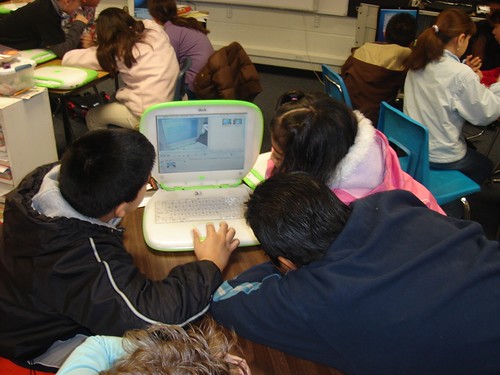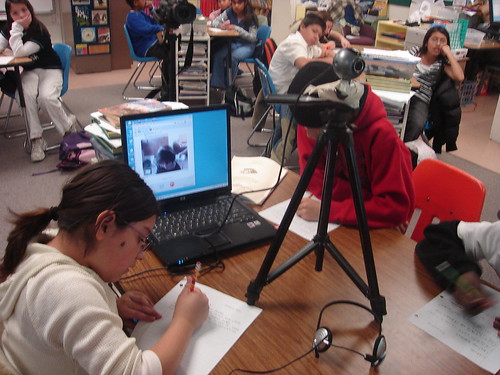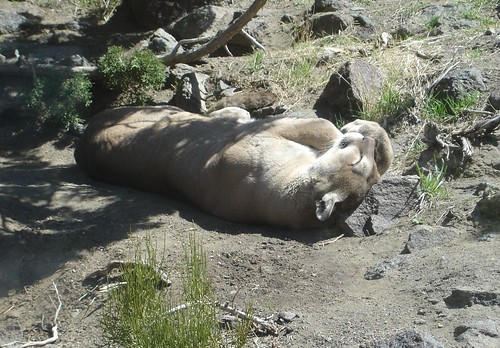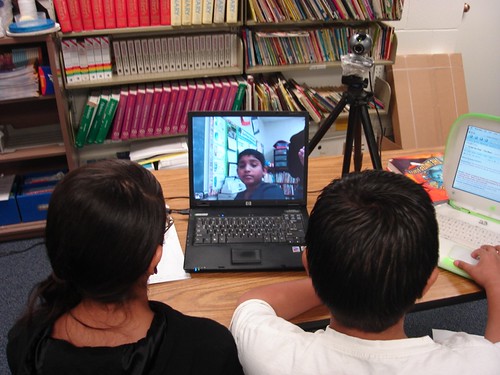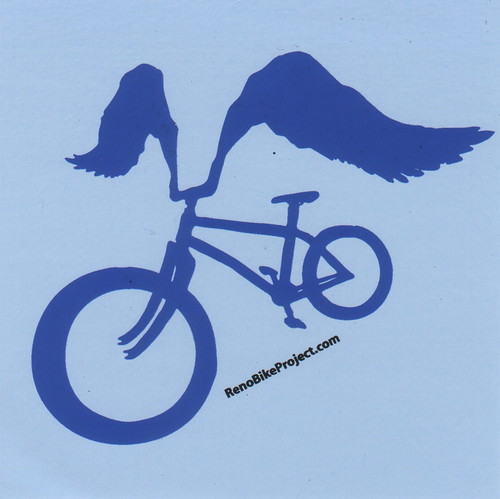7 Years ago Doug Noon, an elementary teacher in Alaska, who some will remember for his fantastic blog “Borderland,” which unfortunately he decided to end awhile back, challenged his readers to write their own blog posts about what constructive learning is. I’d link to it, and my original post did, but alas there is nothing to link to. For some reason my old post has been garnering more than usual interest the last few days so I went and checked it out and found it still has legs. See if you agree, and maybe write your own:
Constructive learning is learning about something you had no intention of learning about because of what you did or are doing to produce something. You learn that you can have persistence, you can stick with something to completion – you just spent more time on task than you ever did in your life. You learn from failure what doesn’t work and why it doesn’t work until you work out what can work.
Constructive learning is contemplation.
Constructive learning is working things out with someone you could not possibly work things out with because you can’t possibly get along with that person because they are an enemy, your enemy – but, because you had a common goal, an intriguing goal that happened to use your strengths in an unexpected way – you now share a successful experience.
Constructive learning is working on something intriguing enough and important enough (to you) that you stick with it and work through what is hard with materials and people and ideas for long enough to find success.
Constructive learning is making connections.
Constructive learning is learning about just what you had in mind to learn about. You developed the thinking about how to learn what you wanted to learn about. You put together the materials required – Tried it, proved it to yourself. Done. Next.
Constructive learning is just doing something, anything almost, that seems to have even a whiff of possibility – sometimes it just works.
Constructive learning is seeking out those you would really like to work with because you have a good sense that you are kin in your thinking and interest – if the right problem is taken on kismet can happen – but so can disappointment.
Constructive learning is re-doing it because now we see how it could be really great.
Constructive learning is starting to make one thing, but then realizing it would make a better other thing. So you make the other thing instead.
Constructive learning is everything fell apart. The group, what we were trying to do, the idea, and it’s best to just walk away.
Constructive learning is everything fell apart. The group, what we were trying to do, the idea, but now we’ve had time and we are enthusiastic about it again.
Constructive learning is finding out that someone you thought was cool, was someone to be around – isn’t.
Constructive learning is learning that that jerk, that idiot, that ugly person! – isn’t.
Constructive learning is planning a constructive learning experience and watching what you hoped would happen, happen – but also all the great stuff you didn’t really plan to happen, that happens.
Constructive learning is the kids that never got it until they had a chance to do it this way.
Constructive learning is more than the above – it is a passion.
Learning is messy!












